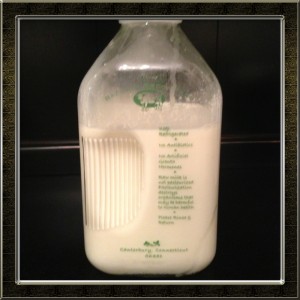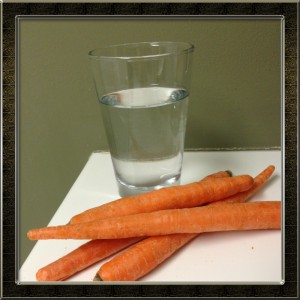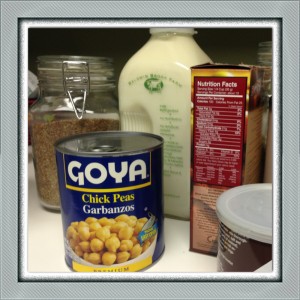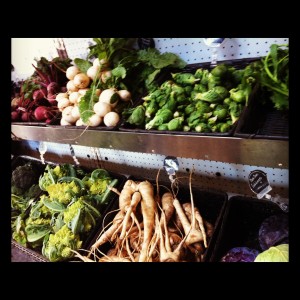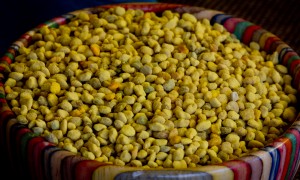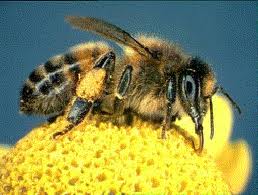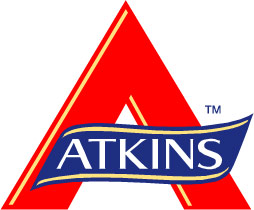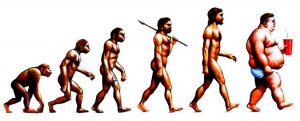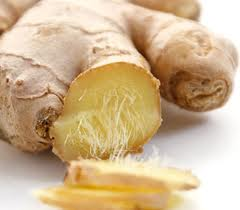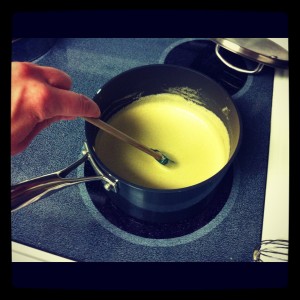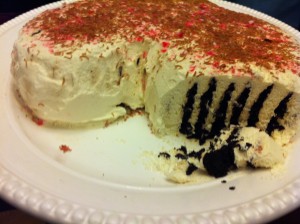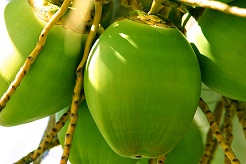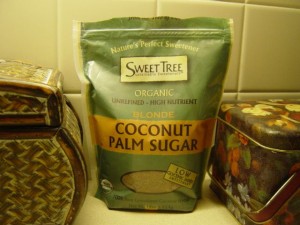People think I am bonkers for my obsession with raw milk and raw dairy products, and there is a lot of fear about drinking raw milk, and I think that is due to people not really understanding what it is and all of the benefits. I will not lie and say that there are no risks, because there are, and some people with immunocompromised systems (due to illness, chronic disease, and/or medications) that should probably not drink raw milk, and those who are pregnant should always err on the safe side and only ingest pasteurized food.
What is Raw Milk?
Raw milk is milk that is not pasteurized. The pasteurization process that involves heating the milk to a temperature, for a length of time and then immediately cooling it; this diminished the amount of pathogens (viruses and bacteria) present, and makes it safer to consume, although there still are some present, and an expiration date. Raw milk from cows that are fed a clean antibiotic and hormone free diet, is a completely balanced diet in itself, with proteins, probiotics, and other vitamins and minerals. There are some true raw milk fanatics that solely live off of raw milk. I am not that person, but it can be done!
As I referenced before, Raw Milk has a lot of protein in it, in the form of amino acids (the building blocks of protein for our bodies.) There are 8 amino acids present in raw milk, some of which aid the body in absorbing and binding iron, others have anti-viral properties, and anti-microbial properties (some specifically to kill off bacteria that can cause cavities!) And, while it does have carbohydrates in the form of lactose present, many who are “lactose intolerant” are able to tolerate Raw Milk because it has the bacteria lactobacilli bacteria, which breaks down the lactose, so your body doesn’t have to! It also has saturated fat in it, which I know is not usually thought of as good for you, but it helps to trigger the satiety response; you feel full faster and tend to eat less. It is also full of vitamins and minerals, including lots of calcium, to make for a healthy a vitamin packed snack. Also, because it isn’t pasteurized, it is full of probiotics (active bacteria that are beneficial to your health.) All the vitamins, minerals, proteins, fats, probiotics, and cholesterol, this is a full day of good stuff in a glass!
What are the Risks?
Because Raw Milk is not pasteurized, there is a risk that some harmful bacteria like Salmonella, Listeria, or E. Coli can be present in the milk. If they are present, then you are at risk for those infections, which can cause stomach cramping, diarrhea, vomiting, fever, and can require hospitalization for severe dehydration treatment. This is why people who are immunocompromised from age, chronic disease, or medications AND pregnant women and young children should steer away from Raw Milk. Really this is the biggest risk. There have been numerous people who have gotten sick from Raw Milk in the past, and the risk is highest when the cows are not grass-fed and if they were fed foods with hormones and antibiotics. If they are not grass-fed, and free ranged, there is a risk that the cows can be infected from the food and exposure to the bacteria in feces.
Raw Milk production is very highly regulated, and it is illegal in some states, and very strict rules in others, so my personal opinion is that the risks from Raw Milk are very low, and I have been strictly drinking Raw Milk for 4 years, with no issues. It tastes fresh, delicious, and it adds a nutritional benefit to my morning smoothies, tea, etc. I am not the kind of person who used to sit down with a glass of milk normally, but I started once I began drinking Raw Milk. The pasteurization process with traditional milk found in stores, kills off not only almost all of the probiotics, but a lot of the vitamins and minerals are lost, along with some of the amino acids. If you are interested in giving it a try, you can check out the regulations by state. You will feel better, absorb more calcium, and look better too; the less processed foods you add to your diet the better!!
Yours in Good Health
B

